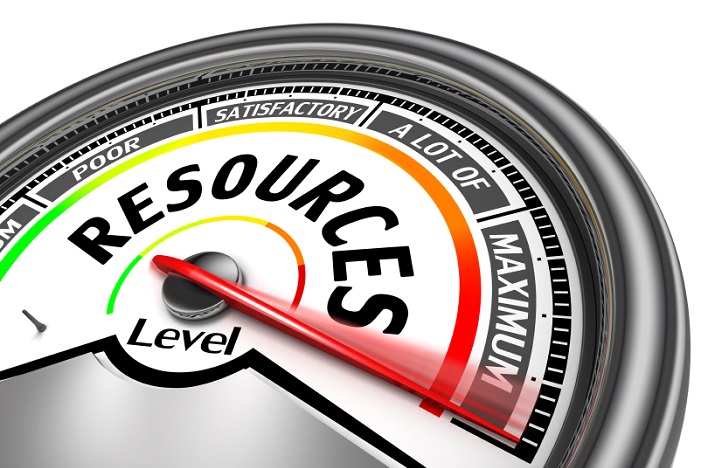Avoid devastating shortfalls. Build reserves that meet your unique needs.
If you’re a business owner, you’ve probably had this drummed into your head a million times: Cash is absolutely essential to running a healthy business.
Developing reliable cash flow gives your company the resources it needs to produce your goods and services, pay staff and simply keep the lights on. Maintaining sufficient cash reserves, meanwhile, will help you cover your obligations to your team, your vendors and your customers during slower times.
Most financial books and blogs focus on improving cash flow instead of managing reserves. One question in particular is usually left unanswered: How much cash should my business have on hand?
Obviously, a big goal for any small business is to put more cash in the owners’ pockets. But if the owners are always depleting the company’s bank accounts, even as cash flow improves, they’re running the risk of cash shortfalls and all the stress that comes with that.
Ask the Right Questions
Unfortunately, there is no hard and fast standard for how large a company’s reserves should be.
The standard “rule of thumb” is that most businesses will operate smoothly if they have enough cash on hand to cover three to six months of average operating cash outflows. But your company’s situation might be unique. For you, three to six months could
be much more than you need—or dangerously inadequate.
You need to decide for yourself what your comfort level is, and several factors need to be considered:
» Is your business seasonal, or are expense levels consistent throughout the year? Seasonal businesses will have to adjust the amount of cash on hand to sustain them depending on the time of year.
» Are you expecting a period of rapid growth in the near future? Contrary to popular belief, growth actually puts a lot of stress on cash flow and increases cash needs.
» Do you have immediate equipment or space upgrade needs?
» Ask yourself some what-if questions: What if you lost your two or three best customers in the same month? What if 2008 and 2009 happened again and sales dropped 30 percent or more? How quickly could you adjust, and how much cash would you need?
What Your Reserves Will Cover
Now let’s define what it is you want to cover for three to six months. In a worst-case scenario, what expenses would your reserves help pay?
Start by calculating your average monthly “cash” overhead costs, such as rent, utilities, insurance, administrative staff, leases, debt service requirements, etc.
Next, calculate your average monthly production costs based on average monthly sales. If sales drop drastically, you’ll most likely want to maintain minimal inventory levels or manufacturing output for a short time. If you’re a service provider, you’ll want to continue to fund salaries and benefits for key personnel—yes, that includes you, the owner.
Combine your overhead and production costs to come up with your three to six months figures.
Three or Six?
Is it better to have three months or six months’ worth of reserves?
Some of it depends on your personal comfort level. It should also be guided by your strategic business plans for the next 12 to 24 months. Those strategic business plans should include some full financial statement projections that are reviewed at least quarterly.
Full financial projections are really the only way to figure out how much cash your business needs, when that cash will be needed and where it is going to come from. With full financial projections, you can see how the cash reserves in your business will react to different scenarios and adjust accordingly.
Short of that, at least you can use the above to establish the three-to-six-month rule of thumb for your business.

